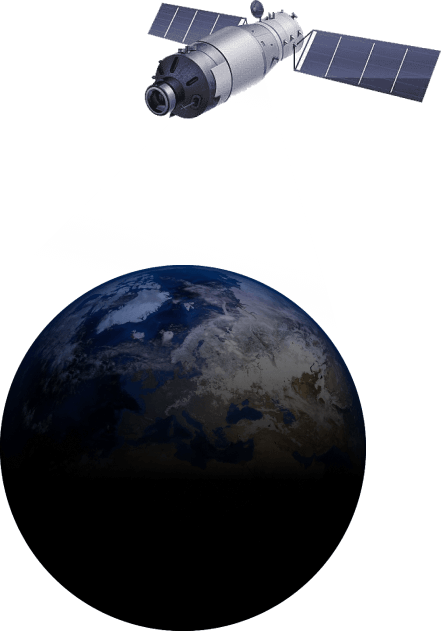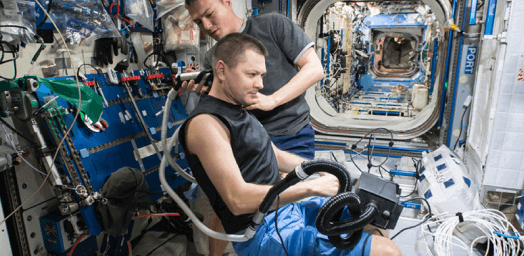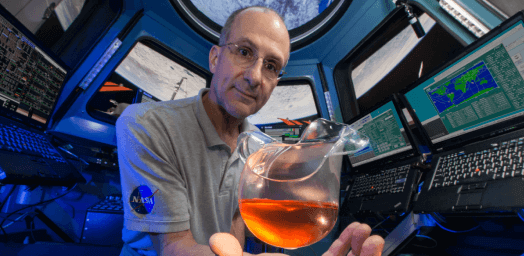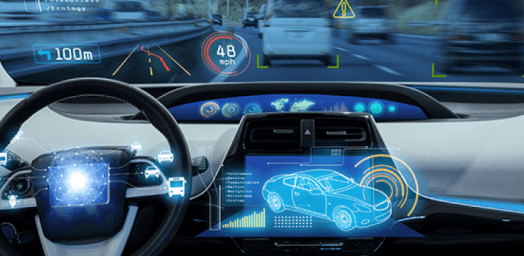Outer space had been the playfield of defense agencies since the mid-twenties. The United States and the erstwhile Soviet Union used space exploration as a means to demonstrate their technological might. The technologies developed for space exploration had their application in the military arena as well. An ideal example would be ballistic missiles and the core technology behind them. Though outer space is a common heritage, it is increasingly getting used for military objectives. Modern-day defense units are using outer space to operate military spacecraft and satellites for surveillance and communications.

Origins of modern rockets can be traced back to missiles developed during World War II. Defense forces are increasingly relying on satellites for communications, precision tracking, asset monitoring, and observation.
Precession Location Tracking / Asset Tracking |
Communication Systems |
Terrestrial-type weapons in space |
Unmanned Aircrafts / Unmanned Aerial Vehicles |
Early Warning System and Missile Tracking |
R&D, Space Medicine |

Gravity defines everything on earth. However, we do not have much information on how it works and its effect on life. We are slowly beginning to learn about gravity through the pioneering efforts of the astronauts on the International Space Station. These astronauts are helping scientists in conducting experiments and investigations in outer space to further our understanding. The discoveries, improvements, and knowledge gained from space research will help us improve life on earth.




As the world’s population is expanding at a rapid pace, space-based technology can help boost agriculture to sustain the world’s food supply. Remote sensing satellites are useful in providing key data on soil conditions, water availability, weather conditions, and climate change. New tools coming out of the space-based research will help farmers enhance production and profitability. Data provided by the remote sensing satellites help to analyze and predict the agricultural output of a region in advance. These measures are critical in eliminating food shortages and famines gross the world.
We are living in an interconnected world where information exchange is happening at unprecedented volumes and rates. Transport infrastructure is witnessing tremendous growth as goods and people are moving between locations like never before. Enhanced communication and data traffic are required to sustain this growth. Satellite communication services help reliably transmit continuous data and are ideal for remote locations where terrestrial communications are absent or unreliable.





